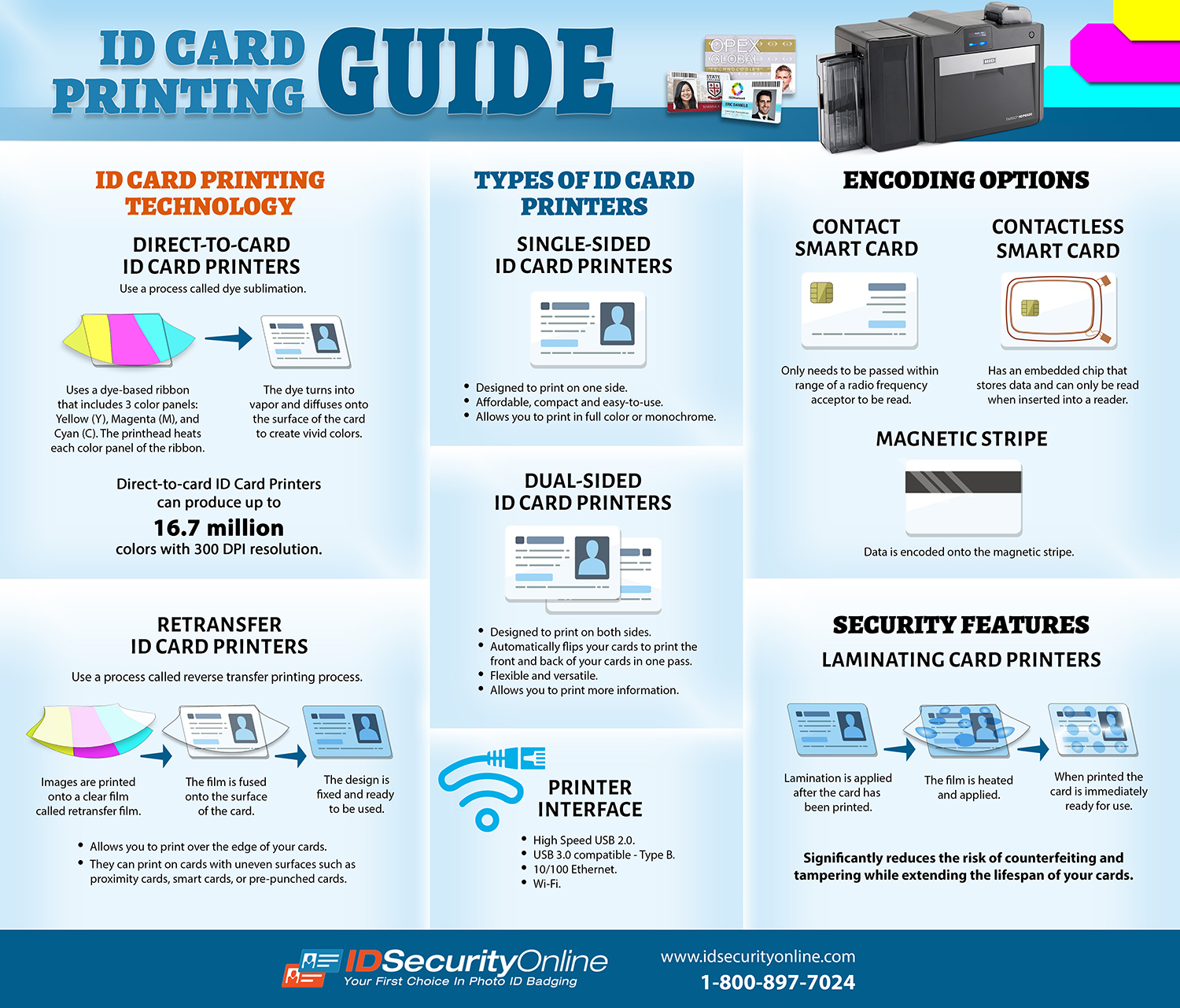ID Card Printing Blog
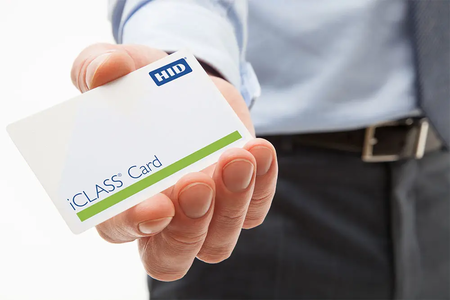
November 14 2017 |
Considering Contactless Cards

October 30 2017 |
What Size ID Card Should I Choose?
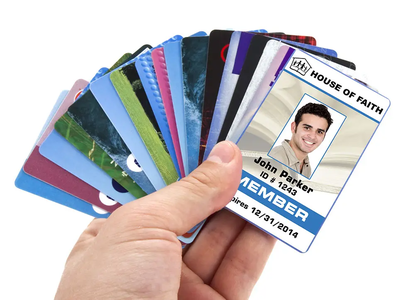
October 16 2017 |
What’s the Difference Between PET and PVC Cards?
You may have wondered what’s the difference between PVC and PET cards used for identification purposes. Here are a few quick guidelines for selecting the appropriate card for your needs and budget.
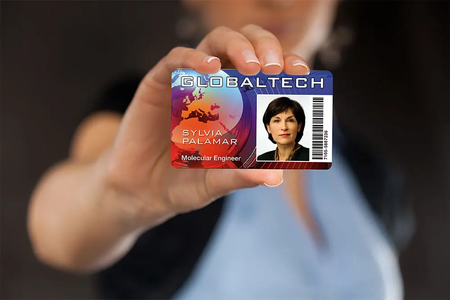
September 28 2017 |
What is Dye Sublimation Printing?
A dye sublimation printer actually heats a solid directly into a gaseous state, bypassing the liquid state. Both the dye and the PVC card are heated, and the gaseous dye penetrates the plastic. When the card cools, the dye has been chemically bonded with the plastic card.
To achieve photo-quality pictures on an ID card, the secret is in the size and density of each color dot. The ribbon in a dye sublimation printer consists of cyan dye, yellow dye, and magenta dye, and each color diffuses into the card depending on the amount of heat applied by the printhead.

September 18 2017 |
3 Reasons to Use Expiring Visitor Badges
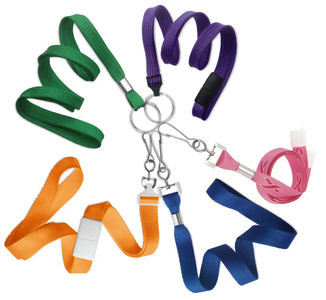
September 14 2017 |
Uses for and Types of Lanyards
Lanyards may not be considered a high-profile item. Most people would be surprised at the many uses and styles available. They are most often worn to carry key cards and ID badges. A properly equipped lanyard can carry other things and are surprisingly versatile.
Nearly everyone has seen lanyards worn by students, factory employees, retail clerks, and office workers. The lanyards usually hold ID badges that are necessary for school or workplace security. They are versatile enough to be used for other purposes.
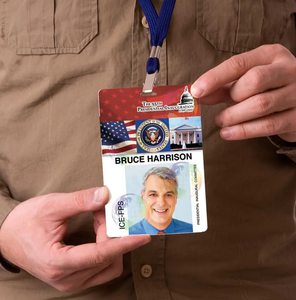
September 11 2017 |
Using Watermarks Can Increase Your Security
When you issue ID security cards or badges, you want the most effective and secure form of card possible to ensure your security measures are being met. Whether you issue student ID cards, driver’s licenses, membership cards, or security badges for employees, it should be easy for you to verify the identity of the holder while incredibly difficult for someone else to forge or copy an ID security card you issue.
Watermarks are an inexpensive, simple way to add an additional layer of security to your ID security cards or badges.
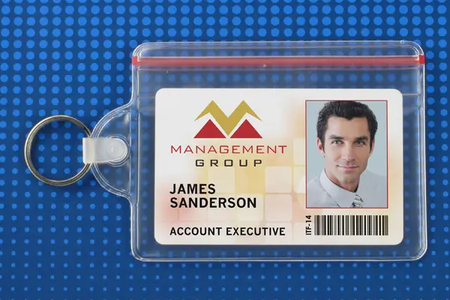
September 05 2017 |
How To Choose The Right Type Of Badge Holder
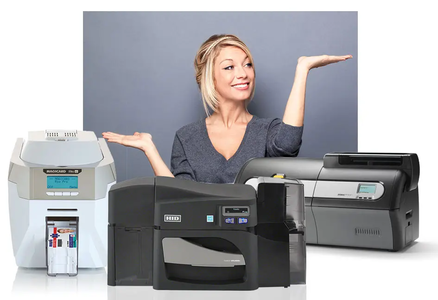
August 31 2017 |
Comparison and Potential Usage of Photo ID Systems
This comparison is meant to provide information that will answer those questions. An informed buyer will be more satisfied with a purchase than one who does no research or comparison. There are advancements in photo ID technology that are revolutionary. Use this information to compare three printers.
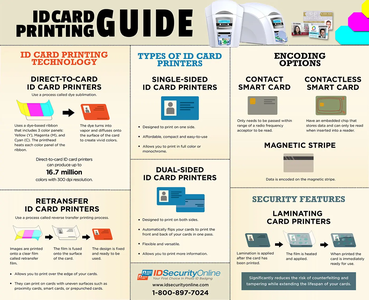
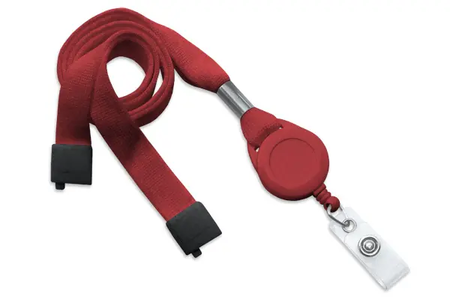
August 21 2017 |
Why You Should Use Breakaway Lanyards
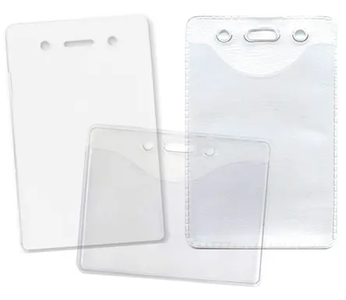
August 17 2017 |
How to Protect Your Proximity Cards
All proximity cards use similar technology to create the functionality that you need for access control. This includes an antenna connected to an electronic chip that contains all of the cardÙs information. Both the antenna and the chip are embedded into the proximity card at the time of manufacture.
Because the ID card is picked up by the proximity reader at a distance, there’s no physical contact between the card and the reader, which should make proximity cards last longer and require less maintenance for your readers.
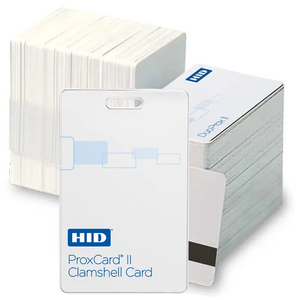
August 14 2017 |
What Do All the Options Mean When Ordering Proximity Cards?
If you’re new to proximity cards or in the process of researching if they’re a good fit for your company’s ID security system, you may have run across the acronym LGGMN and wondered what that was all about.
Each of the letters in LGGMN stands for an option you must choose when ordering your proximity cards. LGGMN itself is a standard proximity card most often ordered by companies for their ID security needs.

August 07 2017 |
When Should I Consider Adding Loaner Coverage?

August 01 2017 |
Back To School Promotion: Save Big!
It's this time of the year! Save big with our 2017 Back To School promotion.

July 28 2017 |
College ID Card Printing: The Need for Speed
Imagine you have 500 new incoming students and staff who are waiting in line for their school IDs to be issued.
Now imagine your ID card printer only prints 100 cards an hour. That’s a long time standing in line and an even longer time for your staff who have to process each ID card.
While the need for speed is sometimes a paramount concern when issuing student ID cards, there are some other factors you need to consider before selecting the fastest printer on the market.

July 26 2017 |
Why School ID Cards are a Good Idea
Identification cards keep a school or campus safer for students and faculty because it’s easy to instantly identify who belongs and who doesn’t. Visitors are usually issued some form of temporary ID card to make them readily recognizable. In this way, it’s immediately noticeable when someone doesn’t have a valid reason for being in the school or on the campus.
There are few schools today that don’t issue some kind of ID security card to staff and/or students, from elementary schools to large university campuses. Usually a security precaution, ID solutions run the gambit from a simple photo ID badge to a smart card with imbedded technology for multiple functionality.
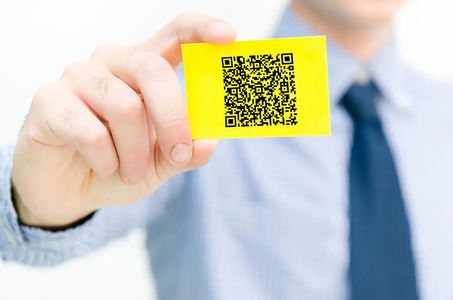
June 21 2017 |
What You Need to Know About Adding QR Codes to Your ID Badges
There are few companies who use only a photo ID badge as a security access point to their facilities. Most have migrated to some type of additional information contained on the card, such as bar codes, QR codes, magnetic stripes, or smart chips that offer additional information. These types of technologies help you gain instant access to more detailed information about the holder of the card, and greatly aid in adding another layer of security to your building’s system.
Adding a high-tech option for storing additional data on an ID badge doesn’t need to break the bank, however. QR codes are a high-tech, low-cost option for companies with varying levels of access or who require additional information to verify the card holder’s identification.

June 20 2017 |
When to Use ID Card Services or Print Your Own

June 09 2017 |
How to Choose the Best ID Card Software
ID card software programs all have the functionality to design and print cards and badges, but that’s where the similarities end. The following will help you narrow down which program will best meet your needs.
Basic, Design Only Software
This is the entry-level software needed to print ID cards with no need to maintain a database. It connects to a single workstation through a USB connection, and doesn’t talk to any outside databases. Cards are printed one at a time with no batch printing possible. You can add a 1D barcode or encode magnetic stripes on an ID card with this software.
